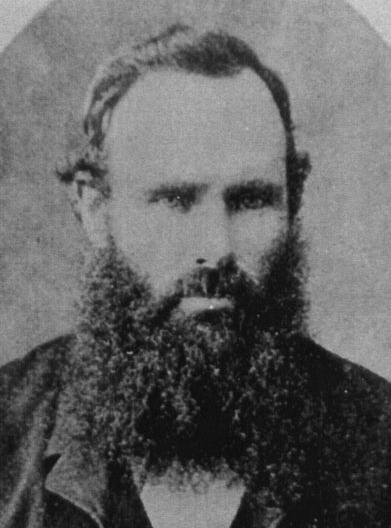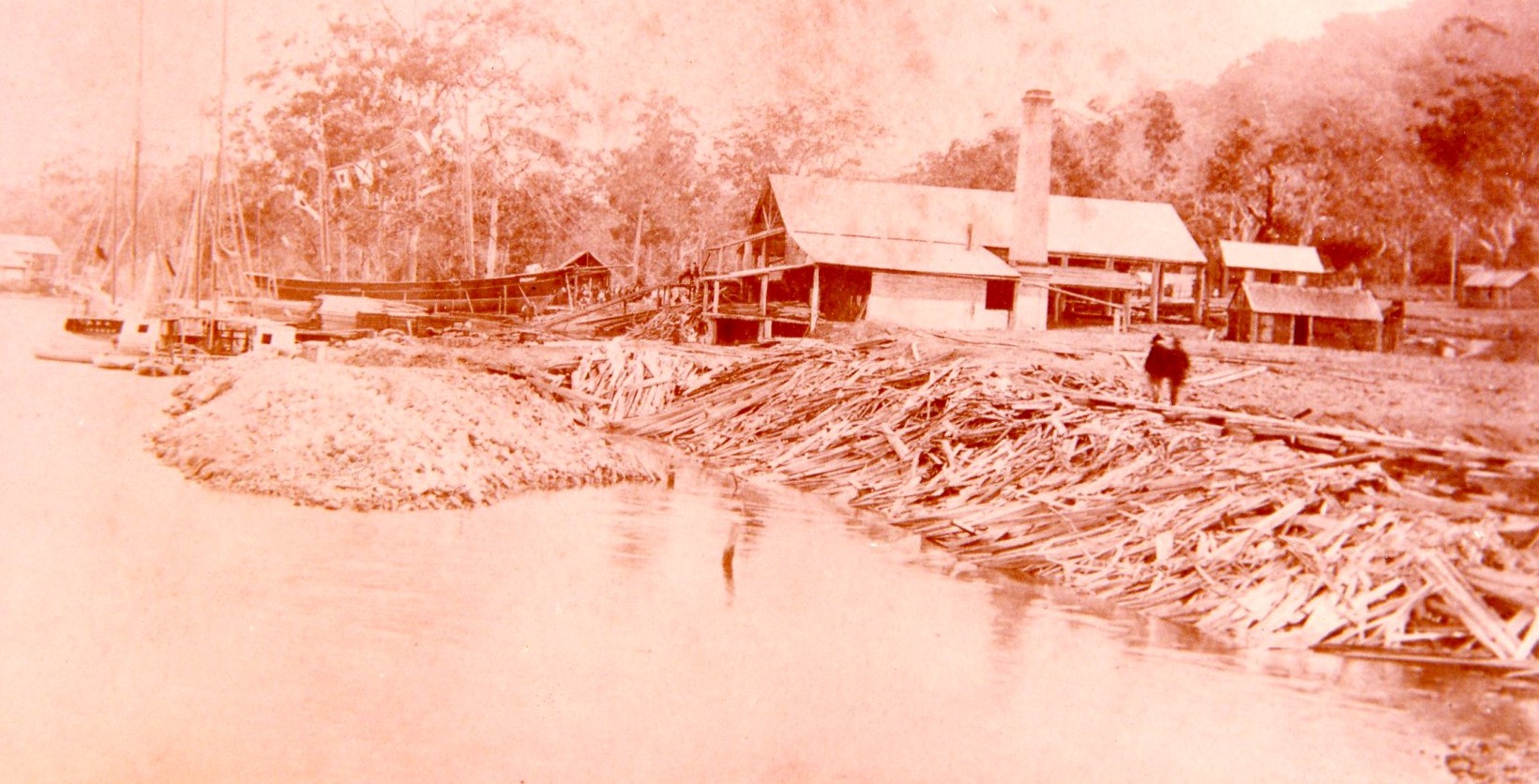About Joseph Laurie
Joseph Laurie was a 19th century pioneer of the New South Wales timber industry. One of the first Europeans to settle permanently on the mid-north coast, he opened a sawmill on the banks of the Camden Haven Inlet with his brothers in 1876. Joseph travelled to the United Kingdom and Europe, working to transform perceptions about the quality of Australian processed timber and establish an overseas market for it. The town of Laurieton is named in recognition of Joseph and his family.
Location
Category
Share and save

Joseph Laurie's arrival in NSW
Joseph Laurie was born in West Linton, Peeblesshire, Scotland in 1832. His family migrated to New South Wales in 1841, settling as landowners in the Gloucester area.
When Joseph married Sarah Sargent, they moved to Taree, where he worked as a butcher.
A peachy start
It was in the early 1870s that Joseph, Sarah and their 8 children moved to the area known as Peach Orchard (which at the time was still mostly dense bushland), to pursue commercial interests that would define Joseph’s legacy.
Joseph took charge of the local post office when it first opened in 1875. It was around this time the settlement became known as Laurieton, in recognition of the Laurie family’s influence.
A timber legacy begins
The following year, Joseph began operating a sawmill with his brothers on the banks of the Camden Haven River.
In the early days, Joseph lost significant timber cargo when the ketch Peacock was wrecked in nearby waters. However, by 1884 the business was doing well enough for Joseph to launch his own vessel, the Mary Laurie, and later the Annie Laurie, to transport timber up and down the coast.
Soon Joseph decided to seek new markets abroad. In 1886 and 1888, he travelled to the United Kingdom and Europe to promote the local timber industry, taking samples of common hardwood varieties such as ironbark with him.
As a result of his efforts, several large orders for railway sleepers from railway companies were received, as well as one for timber to be used as street paving in Hamburg, Germany.
Once a Scotsman …
Despite strong roots in Australia, Joseph never forgot his Scottish heritage. At the Taree Agricultural Show in 1888, he exhibited a range of curios gathered on a tour of his homeland.
Elected president of the Port Macquarie and Hastings District Agricultural and Horticultural Society, Joseph’s good community standing was further highlighted when the Lands Department proposed renaming Laurieton as Camden Haven in 1891, a proposal subsequently dropped after residents’ rejection of the plan.
Buried in Laurieton Cemetery, Joseph’s obituaries described him as a ‘man of sterling character, whose word was his bond’. Perhaps the finest tribute came from the Scottish poet Robert Sanderson, who dedicated lines of verse to his ‘dear friend and brother on a distant shore’:
Name not his failings, these were things of earth:
Record his fame, perpetuate his worth
These glorious talents that to him were given,
… for these were gifts from heaven.

